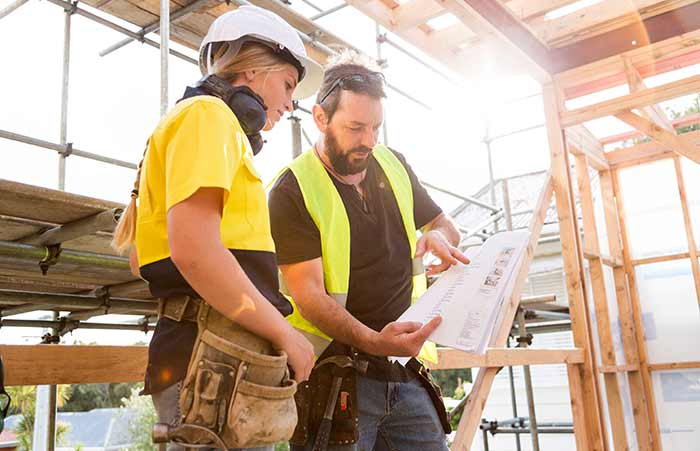The emergence of 3D printing technology has heralded a paradigm shift, giving rise to the tantalizing prospect of sculpting spaces and revolutionizing the homes of tomorrow. The marriage of 3D printing and housing construction holds the promise of unparalleled customization and efficiency. Unlike traditional construction methods, 3D printing allows for the layer-by-layer deposition of materials, enabling architects to transcend the limitations of conventional designs. This newfound freedom empowers architects to experiment with intricate and unconventional shapes, creating homes that are not just structures but artworks in their own right. The malleability of this technology also facilitates the incorporation of sustainable materials, fostering eco-friendly habitats that harmonize with the environment. Furthermore, the efficiency of 3D printing in home construction cannot be overstated. The speed and precision with which these printers operate significantly reduce the time required to erect a dwelling. This not only addresses the global housing crisis but also minimizes construction-related disruptions.
Rapid construction, however, does not compromise the structural integrity of these homes. In fact, 3D-printed structures have demonstrated robustness and durability comparable to, if not surpassing, their traditionally built counterparts. This not only underscores the reliability of the technology but also hints at the potential for long-lasting, low-maintenance homes. Beyond Bonuses mere construction speed, 3D printing introduces cost-effectiveness to the realm of architecture. The ability to use local or recycled materials in the printing process minimizes transportation costs and reduces the carbon footprint associated with construction. The cost-efficiency of 3D-printed homes holds the promise of affordable housing solutions, making the dream of homeownership more attainable for a broader segment of the population. This democratization of housing aligns with the broader goal of creating sustainable and inclusive communities. Moreover, the adaptability of 3D printing technology extends to the concept of smart homes.
 Integrating sensors, wiring, and other technological components directly into the printed structure becomes not just a possibility but a seamless reality. Homes of the future can be embedded with automation systems, renewable energy solutions, and advanced security features during the printing process itself. This integration not only streamlines the installation of smart technologies but also enhances the overall functionality and efficiency of these futuristic dwellings. In conclusion, the confluence of 3D printing and home construction presents an exciting frontier in architecture, ushering in an era where homes are not just built but sculpted. The technology’s capacity for customization, efficiency, cost-effectiveness, and integration of smart features positions 3D-printed homes as a transformative force in shaping the living spaces of tomorrow. As this technology matures, it holds the potential to redefine our notions of housing, offering a glimpse into a future where homes are not merely functional shelters but exquisite, sustainable, and accessible works of art.
Integrating sensors, wiring, and other technological components directly into the printed structure becomes not just a possibility but a seamless reality. Homes of the future can be embedded with automation systems, renewable energy solutions, and advanced security features during the printing process itself. This integration not only streamlines the installation of smart technologies but also enhances the overall functionality and efficiency of these futuristic dwellings. In conclusion, the confluence of 3D printing and home construction presents an exciting frontier in architecture, ushering in an era where homes are not just built but sculpted. The technology’s capacity for customization, efficiency, cost-effectiveness, and integration of smart features positions 3D-printed homes as a transformative force in shaping the living spaces of tomorrow. As this technology matures, it holds the potential to redefine our notions of housing, offering a glimpse into a future where homes are not merely functional shelters but exquisite, sustainable, and accessible works of art.
